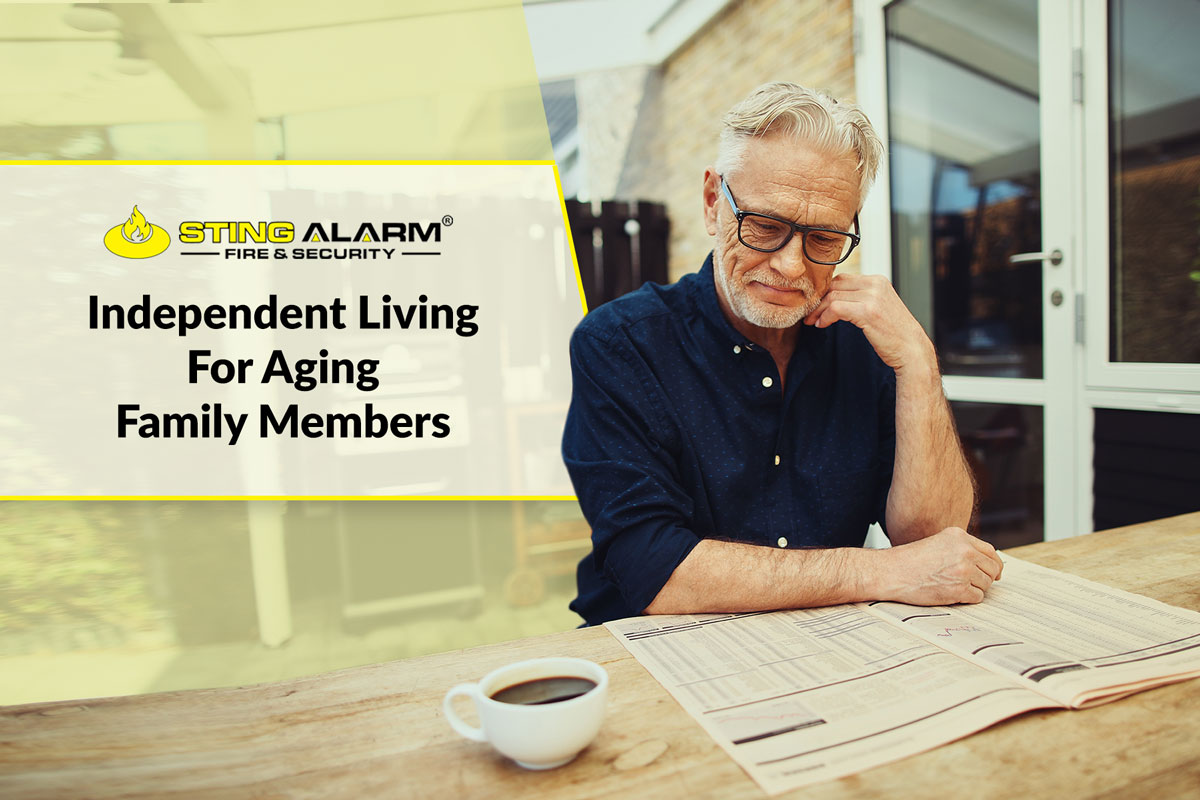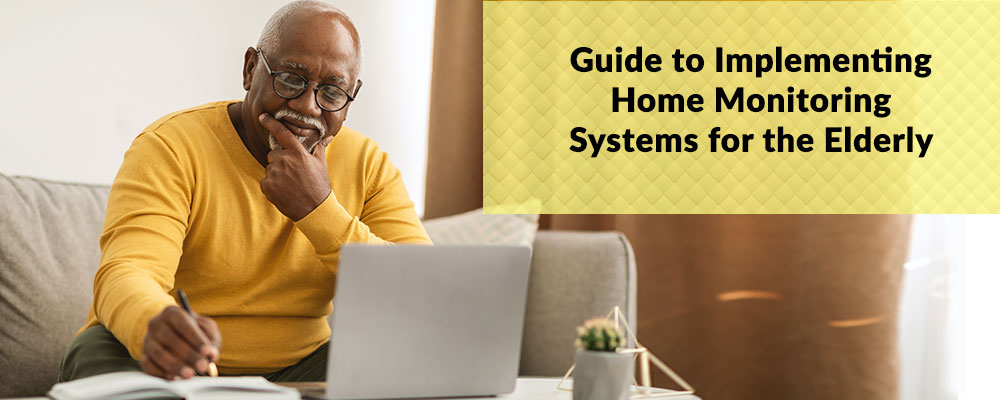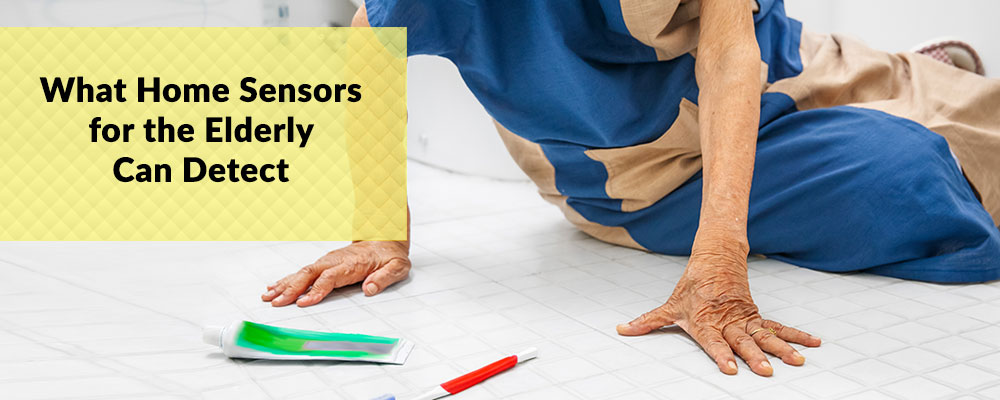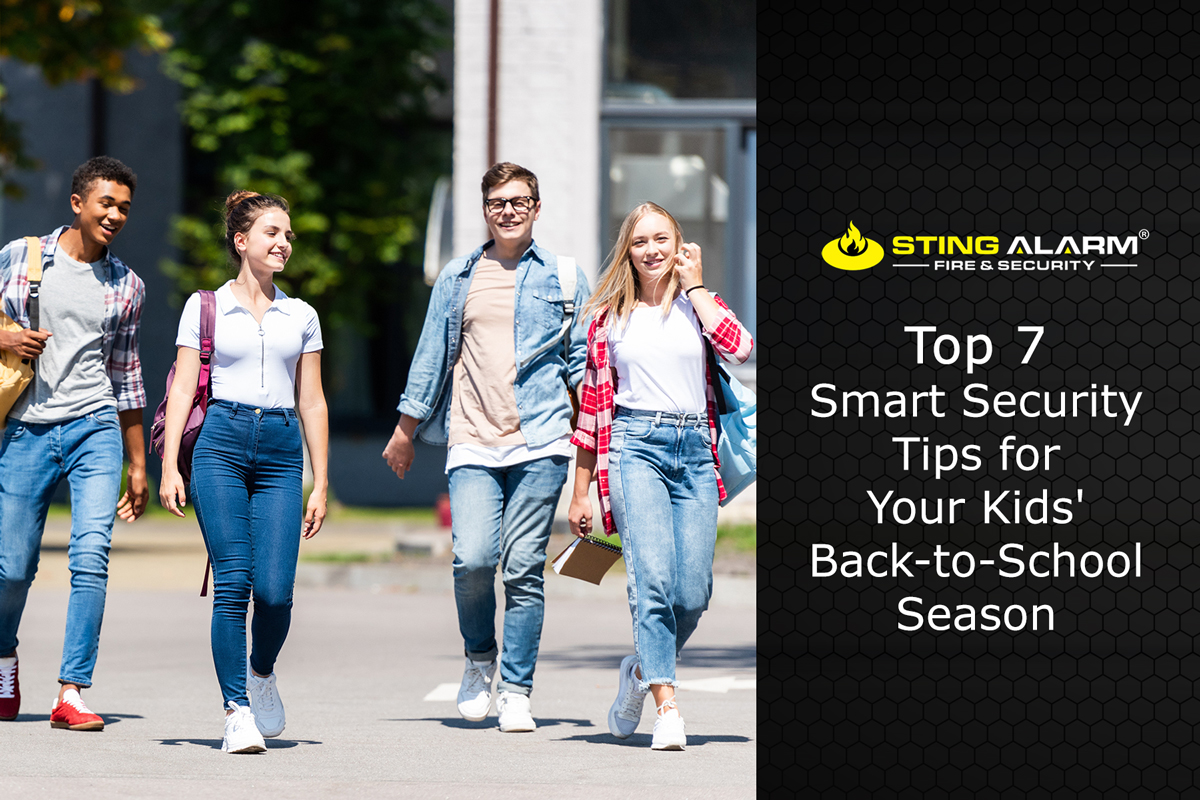
Independent Living For Aging Family Members
Over 30 million Americans nobly assume the role of caregivers, selflessly dedicating time and energy to assist their aging family members to medical and dental appointments, often juggling this with other significant life responsibilities like work and parenting. Despite the challenge of balancing caregiving duties with other commitments, and sometimes facing feelings of guilt and concern, the goal remains to help their loved ones above 50 maintain a sense of independence in the comfort of their homes. The emotional weight of being unable to spend sufficient time with the elderly can be eased significantly with the aid of innovative tools and technology.
Thankfully, remote monitoring systems have emerged as a beacon of support, offering caregivers much-needed peace of mind. These systems, powered by Artificial Intelligence (AI) or machine learning algorithms, employ internet-connected sensors to monitor various aspects such as movements, behavior, and home environment changes, including temperature shifts. Through dedicated apps or comprehensive reports, they provide timely insights, acting as early warning systems for any potential issues that might need immediate attention, ensuring that caregivers stay informed and connected even from a distance. This advancement not only simplifies the caregiving process but also significantly enhances the safety and well-being of the elderly, promising a seamless caregiving journey.

Guide to Implementing Home Monitoring Systems for the Elderly
Before introducing monitoring systems in the homes of your aging loved ones, adopting a thoughtful and respectful approach is essential. While some seniors might perceive surveillance as an invasion of privacy, others may welcome the added security and safety it provides.
Prior to installing any monitoring equipment in their home, engage in an open and respectful conversation with them, obtaining their consent and involving them in the decision-making process. This not only maintains courtesy but also ensures their comfort and dignity.
Furthermore, it’s essential to establish clear boundaries by avoiding the placement of home security cameras or surveillance equipment in areas where they have a reasonable expectation of privacy, including spaces like bedrooms, bathrooms, and toilets. Security measures should also be in place to prevent unintentional leakage of private information. With open communication and respect for privacy at the forefront, you can strike the right balance between ensuring the safety and well-being of your loved ones while respecting their autonomy and dignity.

Home sensors specifically designed for elderly individuals can detect various critical aspects of daily life, enhancing their safety and well-being. These sensors can monitor:
- Door Activity: Tracking the opening and closing of doors to monitor movement within the home.
- Sleep Patterns: Identifying changes in sleep patterns, offering insights into their rest and overall health.
- Bathroom Usage: Recording the frequency of trips to the bathroom, which might indicate potential health issues.
- Appliance Usage: Monitoring the use of domestic appliances like kettles or microwaves to ensure daily routines are being followed.
- Temperature Control: Keeping an eye on the temperature within the property to maintain a comfortable and safe environment.
Furthermore, home sensor systems offer varying levels of automation, with some providing round-the-clock emergency monitoring from specialized centers. The most adept systems even facilitate rapid assistance in emergencies through features like panic buttons or personal alarms, connecting directly to a 24/7 monitoring center and ensuring help is always at hand.


